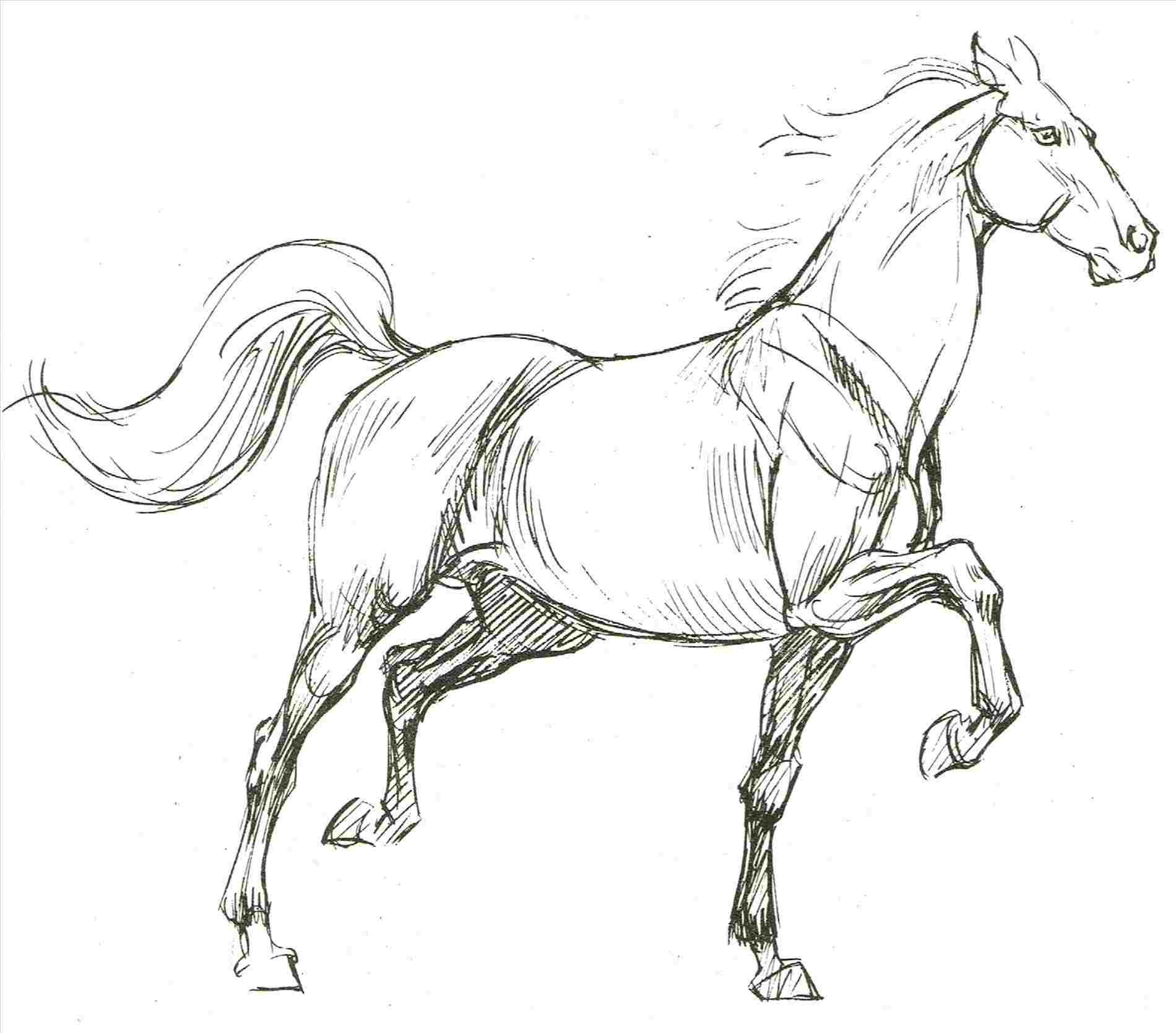

Perhaps they initially perceived riders as forming a single entity with their horses. The Cuban Indians had no tradition of using working animals, either to carry or to pull. The presence of this rider and his mount proved decisive in the Spanish' first victories in Cuba, and against Arawak raids. According to chronicler Herrera, the Arawaks were highly impressed by this mare, "very frightened to see such a large animal that they had never seen before", carrying a man and performing movements under his control. The expensive mare he rode was luxuriously caparisoned and carried a bard adorned with small bells. Ĭonqueror Pánfilo de Narváez was the only real rider among the Spanish colonists who arrived in 1511. Like the mules and donkeys, these animals were destined for military use. Velázquez de Cuéllar himself declares that the purpose of these few horses was to "impose respect" on the local population, in order to make the conquest easier. The first horses, a dozen or so, were landed in 1511 by the ships of Diego Velázquez de Cuéllar from the island of Hispaniola, the first to be colonized by the Spanish. First arrivals Ĭuba's native population was quickly won over by the Spanish colonists, and horse and cattle breeding quickly sowed. Įuropean explorers and colonists reintroduced domesticated horses in the 15th century. The horse disappeared around 10,000 BC, perhaps due to hunting pressure from human populations. Prehistoric fossils of wild horses have been found all over the Americas.

The animal is an integral part of local culture, particularly in Cuban cinema. Like other countries in this geographical region, the island of Cuba is a zone of active circulation of the West Nile virus and diseases transmitted to horses by ticks, babesiosis and Q fever. Horses are also present in the tourism sector.įourteen breeds of horse are bred in Cuba, including four local breeds. The country then began to motorize, but the economic sanctions it suffered as a result of its conflict with the United States, and in particular its fuel supply problems, led to a resurgence in the use of harnessed horse-drawn transport and ploughing with horses from the 1990s onwards. Horse racing was introduced by the Americans at the beginning of the 20th century. It remained in force for a century, before being repealed to allow the recruitment of non-European vaqueros. Conflicts with the native Americans led to the enactment of a local law prohibiting them from owning and riding horses. And they were quickly bred locally, first as a military animal, then as a mount for working with cattle. Horses were a decisive factor in Spanish victories against the native Arawaks of Cuba. Horses ( Spanish: caballo) arrived in Cuba with the conqueror troops and the first Spanish colonists accompanying Diego Velázquez de Cuéllar in 1511.


 0 kommentar(er)
0 kommentar(er)
